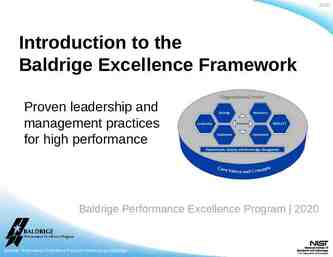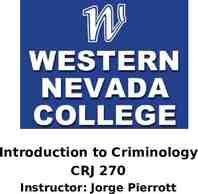IoT Technology Module – 1 Krishna Gudi Asst. Prof, CSE Dept.
31 Slides5.35 MB
IoT Technology Module - 1 Krishna Gudi Asst. Prof, CSE Dept.
What Is IoT? The basic premise and goal of IoT is to “connect the unconnected.” The world of multifaceted. IoT is broad and IoT is good to view it as an umbrella of various concepts, protocols, and technologies
Genesis of IoT The age of IoT is often said to have started between the years 2008 and 2009. The person credited with the creation of the term “Internet of Things” is Kevin Ashton. “In the twentieth century, computers were brains without senses—they only knew what we told them.”
Cont.
IoT and Digitization Conversion of information into a digital format. Digitization brings together things, data, and business process to make networked connections more relevant and valuable. Companies today look at digitization as a differentiator for their businesses, and IoT is a prime enabler of digitization.
IoT Impact
Connected Roadways
Cont.
Cont.
Connected Factory
Smart Connected Buildings
Cont.
Cont. Figure 1-9 An LED Digital Ceiling Light with Occupancy Sensor
Smart Creatures
Convergence of IT and OT Information technology (IT) and operational technology (OT) have for the most part lived in separate worlds. The IT organization is responsible for the information systems of a business, such as email, file and print services, databases, and so on. OT is responsible for the devices and processes acting on industrial equipment, such as factory machines, meters, actuators, electrical distribution automation devices.
IoT Challenges Scale Security Privacy Big data & Data Analytics Interoperability
Chapter 2 IOT NETWORK ARCHITECTURE AND DESIGN
The responsibility of overseeing network architecture is often seen as one of the most senior positions in the IT and operational technology (OT) organizations. The discipline of IoT network architecture is new and requires a fresh perspective. IT networks are primarily concerned with the infrastructure that transports flows of data, regardless of the data type.
Drivers Behind New Network Architectures Scale Security Constrained Devices and Networks Data Legacy Device Support
Comparing IoT Architectures
Cont.
Cont.
Cont. Figure 2-5 IoT Reference Model Separation of IT and OT
A Simplified IoT Architecture
Cont.
The Core IoT Functional Stack Layer 1: Things: Sensors and Actuators Layer Layer 2: Communications Network Layer Layer 3: Applications and Analytics Layer
IoT Data Management and Compute Stack
Fog Computing
The Hierarchy of Edge, Fog, and Cloud




































